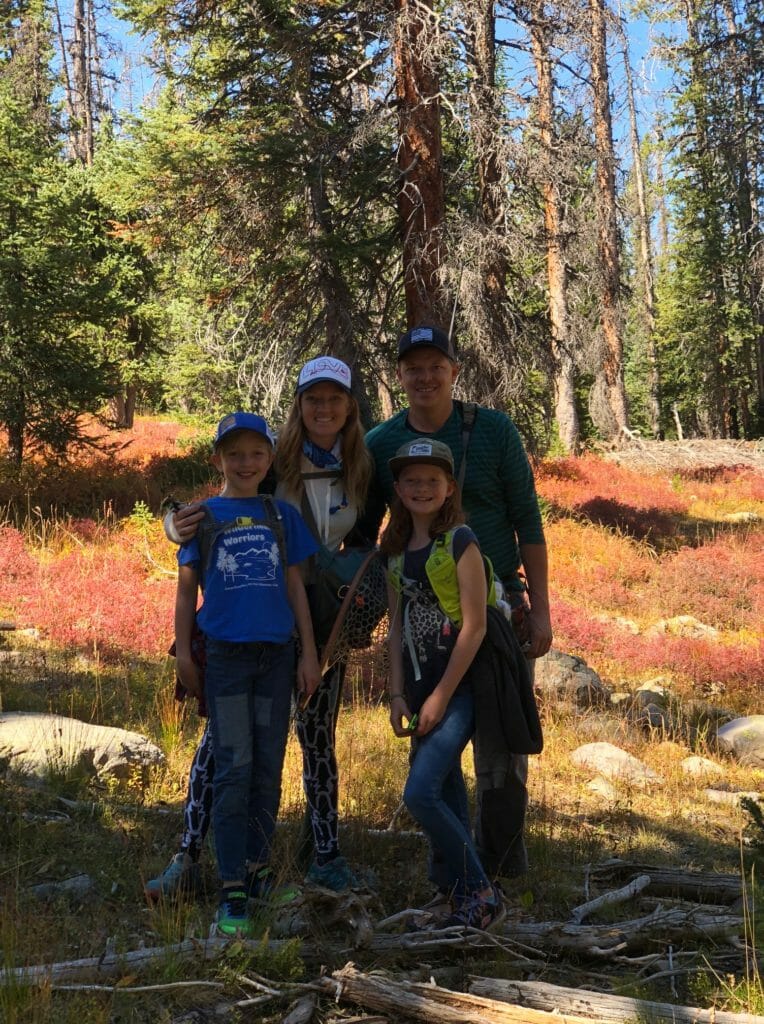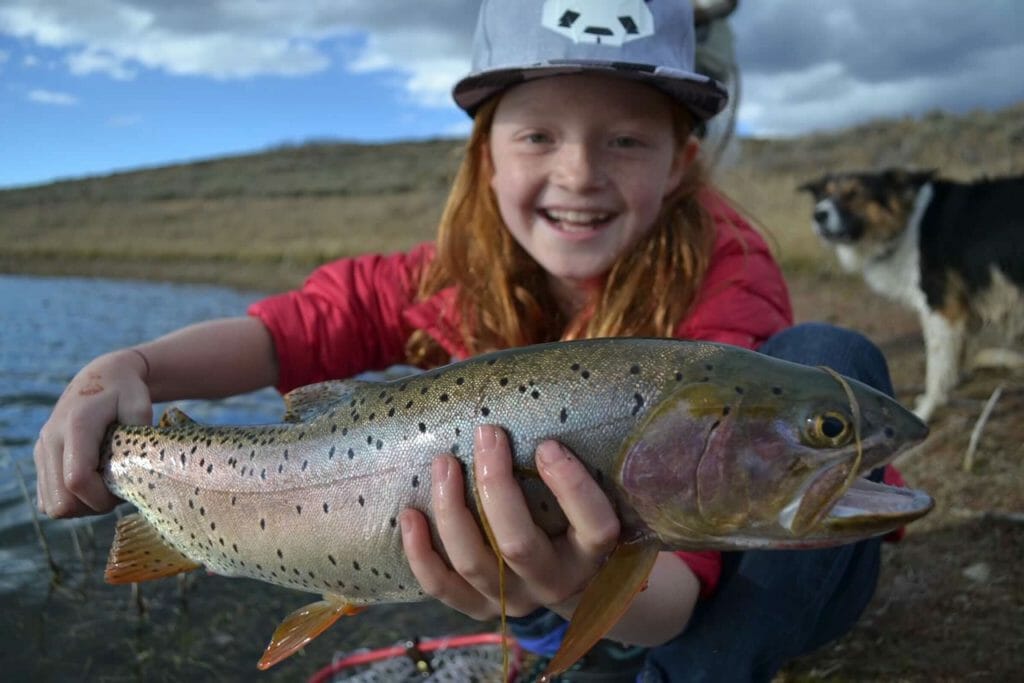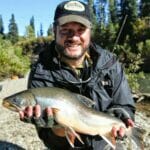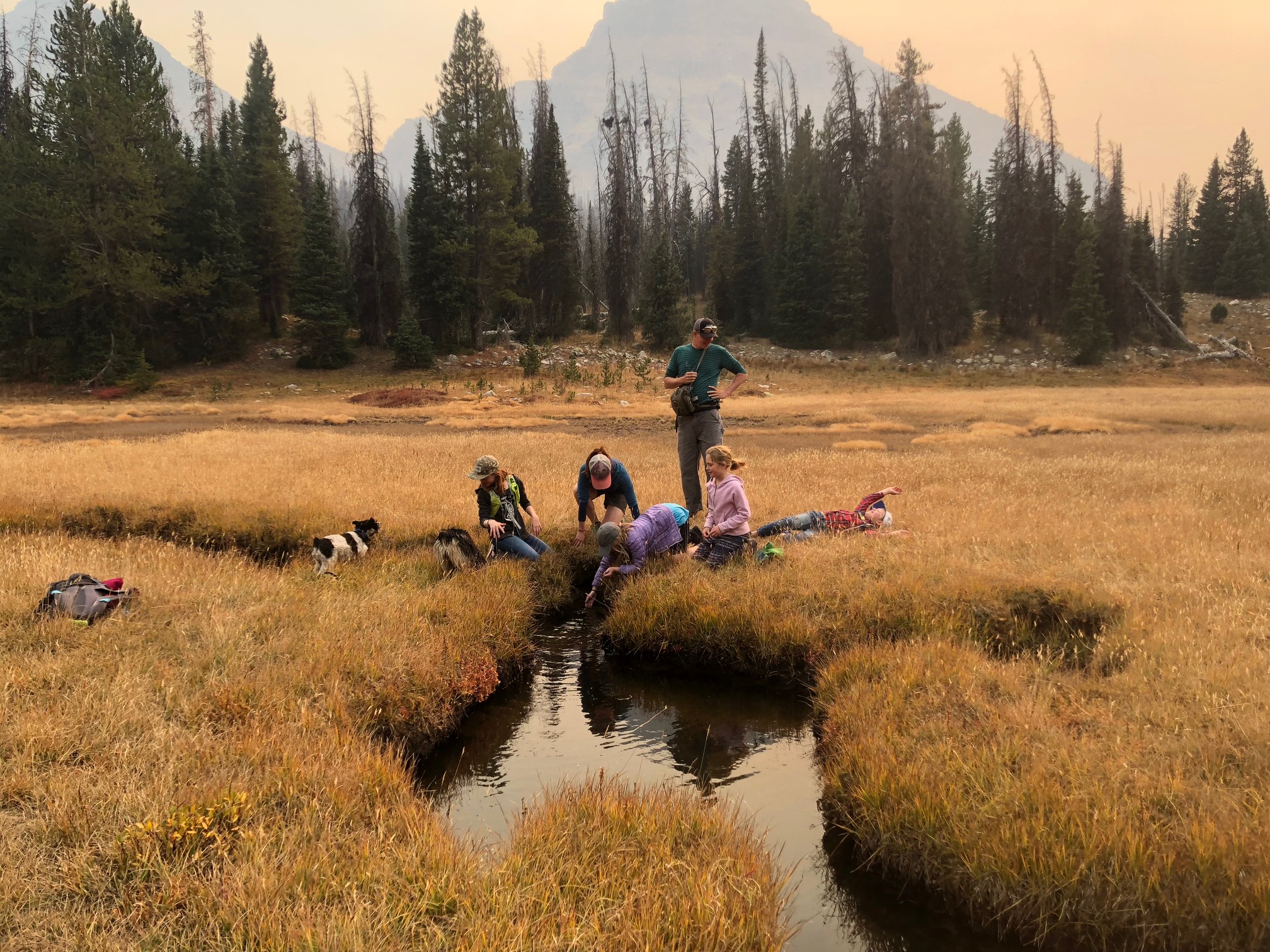By Christine Peterson
Fly fishing keeps Heidi Lewis’ life in order. And fly fishing for her depends on roadless areas.
The Wisconsin native moved to Utah more than 20 years ago for the outdoor recreation that has kept her there. She and her husband own a business now – an architecture steel company – and are raising their two daughters to share their passion for standing in a river casting to unsuspecting trout.
Heidi says fly fishing is her religion. She goes to the river each week, losing herself in riffles and pools, hatches and seams. She sets a timer on her phone to remind her to eat and when it’s time to leave and head back home. Her daughters, 9 and 11, join her on nice weather days. When it’s snowing and blowing she heads out alone.
“It’s exercise. It’s mental health. It’s problem solving, nature and quiet time,” she said. “We try and get them out as much as we can, every weekend in the summer we’re not home, we’re camping and hiking, their imagination comes to life. It’s easier being out there with them.”

While outdoor experiences with kids don’t require roadless areas, those relatively untouched landscapes are a critical part.
“If we go into the Uintas, I don’t have to worry about the roads. We can hike in, and I can let them be. I can let them explore on their own.”
It’s also roadless areas that protect those headwaters Heidi and other anglers target in the spring after run off and benefit from in the fall when fish numbers surge because of clean water and healthy ecosystems.
Areas like the high Uintas foster some of the most important and intact populations of native Colorado River cutthroat trout in the Rockies. It also nurtures unmatched opportunity for other coldwater species like Arctic grayling, golden trout, hybrid tiger trout, brook trout, brown trout and rainbow trout.
Native Bonneville cutthroat populations also start in high creeks in the Uintas, adding to the virtual buffet of fishing opportunities in hundreds of miles of streams.
The growing popularity of areas like the Uintas only increase Heidi’s appreciation of roadless areas. She has seen first-hand the results of unregulated road building and use.
“There is more traffic and dust and erosion. It’s a no brainer for animals, for quality of life and for watersheds.”

Even with the moderate stipulations proposed by Utah, Heidi said she’s worried for the future.
“I’m worried about the watershed, the resource, what is happening to fish, the whole web of resources and ecosystem. You would be a bad parent if you weren’t concerned,” she said.
Other Utah Roadless stories: Harv Forsgren retired from the Forest Service after a 35-year career. Read his letter to the Salt Lake Tribune. Bill Christensen is an avid elk hunter and former regional director of the Rocky Mountain Elk Foundation. Read why roadless matters to him.



